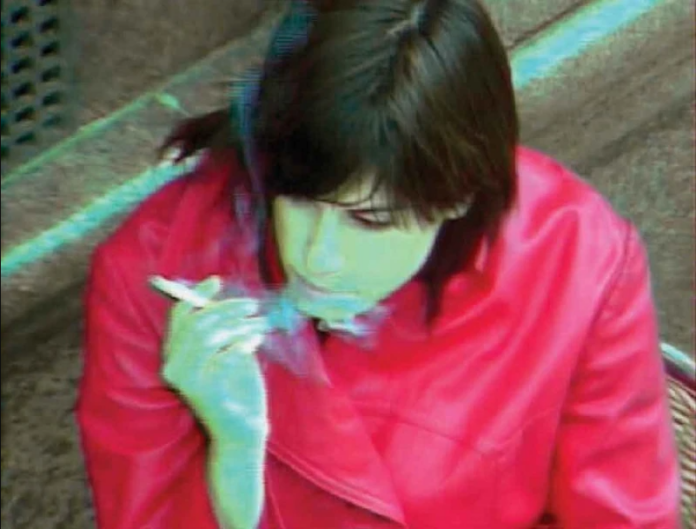Published on Vice.com
August 2, 2016, 10:25am
The ubiquity of public surveillance technology was turned inside out in artist Jill Magid’s 2004 work, Evidence Locker. An archive of videos and email correspondence, this socially and technologically prescient work was made by enlisting the cooperation of the Liverpool CCTV system and its employees. Treating the cameras as elements in a personal relationship with the municipal authorities, and letter-writing as a diaristic confessional abetting her own surveillance, the result is a captivating, mysterious exercise in oversharing, a performative self-portrait facilitated by using the technology of our oft-vilified constabulary panopticon.
Magid chronicled a month spent in Liverpool, during which time she was in close communication with the operators of the citywide CCTV system. She carefully choreographed and edited actions in public places that were thereby initially filmed by the police cameras. Identifying herself by a bright red raincoat, she would call the police with her location and ask them to film her—in one case, going so far as to blindfold herself and ask the officers to guide her through the streets. “At 1 PM I called you, Can you see me? I am by the horse sculpture. ‘Are you wearing your red coat?’ Yes. ‘I got you…’” Eventually, she submitted a total of 31 official legal requests to retrieve each day’s footage and then composed them as dreamlike diary entries and candid love letters available by email subscription on the project’s microsite.
The prologue that comes before the first day’s official entry gives an overview and evokes the strangeness to come, as it addresses the municipality yet somehow implicates the reader. “Dear Observer, Make me a diary and keep it safe. Take care it is mine. Hold this photograph of my face. Keep all our entries in order. Put the letters in your desk file and the images in your evidence locker. You can edit everyone else out. I will fill in the gaps, the parts of my diary you are missing. Since you can’t follow me inside, I will record the inside for you. I will mark the time carefully so you will never lose me. Don’t worry about finding me. I will help you… Sincerely, JSM.”
Ultimately, the video works Trust (17:44, in which she was directed around blindfolded) and Final Tour (3:00, in which she orchestrated her own coverage) transformed Big Brother into an intimate collaborator, offered to those skeptical of surveillance culture a new set of considerations and perspectives on the discourse, in a project that has only grown more timely in the years since she created it. Magid intimated everything about herself, and the viewer gave nothing in return—except an email address.
Summary: This work was done in 2004. Now, surveillance technology is much more prominent in our everyday lives. The transformation of “Big brother into an intimate collaborator” is interesting for my project because the concept places trust in the observer that is often absent in the thought of being watched. I wonder how I could help the patient to trust the doctors watching them remotely and feel comfortable with it.




